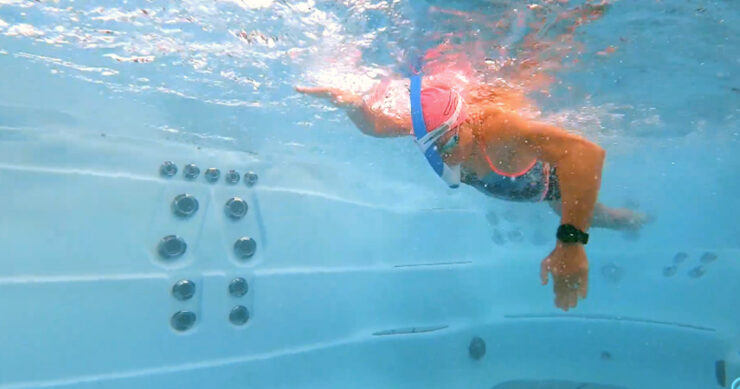Inhale, exhale. Inhale, exhale. Whether you are walking, running, or even just sitting on the couch, your breathing is an automatic process. Your brain is constantly telling your body that it needs fresh oxygen and to get rid of the carbon dioxide.
However, all of that changes when you get in the water. You can breathe out through your nose and mouth. But breathing in? Well, we all know how that works out. You will cough, gag, and likely panic to get rid of the water.
But swimmers, triathletes, and even people who enjoy watersports know that there is a way to breathe easier — the snorkel. When wearing a swim snorkel, you can focus on your form, swim without worry of missing a breath, and increase lung capacity.
And for professional triathlete Mirinda Carfrae, a snorkel also makes swimming more relaxing. Carfrae trains in a Master Spas swim spa, using the swim-in-place pool to work on drills, improve swim form, and balance family life.
If you have never used a center swim snorkel, though, there is a learning curve. But taking the time to get comfortable with the training tool will help you swim better and breathe easier.
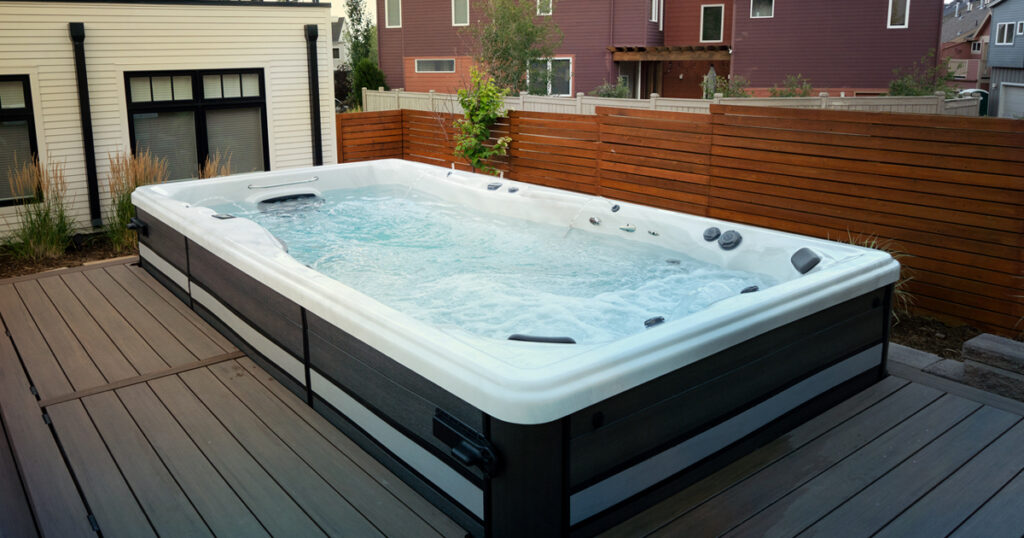
Center swim snorkel basics
A swim snorkel is an odd-looking training tool. With a curved pipe, padded head strap, and plastic mouthpiece, it looks more like you are ready to head out to sea than go to the pool. However, incorporating this tool into your training can make you stronger in the water, whether you are a competitive swimmer or age-group triathlete.
At its most basic, a snorkel is a device that helps you breathe underwater. The streamline design of a center swim snorkel makes sure that it doesn’t interfere with your stroke. You will position the snorkel on your face after putting on your swim cap and goggles.
Swimming with a snorkel can take some getting used to. You might not be able to put it on and swim a 1,600-meter workout. It’s important to just play around with it, incorporating it into your warm-up or cool down.
Another way to start adapting to breathing with a snorkel in the pool is to put your face in the water. Practice breathing in through your mouth and exhaling through your mouth.
Even with proper form, water can leak into the snorkel. While some models have a purge valve, it’s good form to practice a hard exhale to remove any water from the pipe.
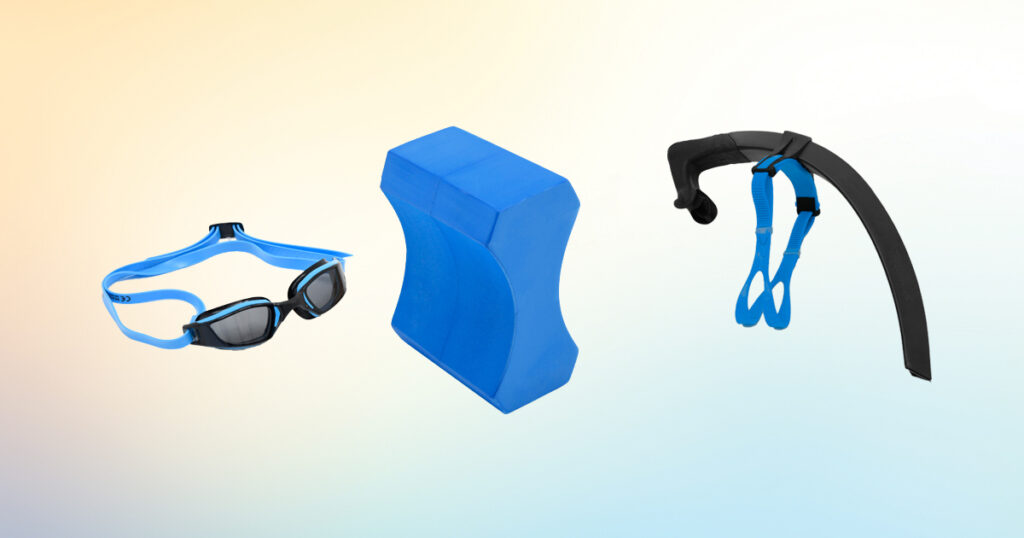
Benefits of using a swim snorkel
Swimming can be one of the most challenging sports but also one of the most rewarding. It requires the use of the entire body, moving through the water with good technique. Swimming requires practice, patience, and dedication.
One of the most challenging aspects of swimming, especially if you are new to the sport, is coordinating your breath with your stroke. Swimmers can turn their heads or rotate too much while trying to get air. They might also come too high out of the water trying to breathe. The result is poor body position, overreaching, sinking hips, and snaking through the water.
Swimming with a center swim snorkel, though, will allow you to breathe continuously. Without the need to rotate, you can focus on the aspects of your swim that will help you get stronger and faster.
5 benefits of training with a snorkel
Neutral head and body position. Have you been told to look where you are going? While that rule applies to when you are moving on land, the opposite seems to be true in the water. The correct head position is to look down. Swimmers can have a tendency to look toward the wall or at other swimmers as they are doing laps. Looking up affects your overall body position in the water, creating drag. When you swim with a snorkel, you remove the need to move your head.
Balance your stroke. Many swim coaches will encourage you to practice bilateral breathing — learning to rotate to either side for air. However, many swimmers tend to prefer breathing on one side. Unilateral breathing can lead to imbalances in your stroke, which can slow them down or even lead to injury. With your head neutral and your breath even, you can focus more on the elements of your stroke. Cues include staying long and working through each phase of the stroke.
Improved kick. Your kick is responsible for a relatively small percentage of your power in the water. However, a bad kick can slow you down significantly. A swim snorkel allows you to work on your kick, including timing it with your pull and generating power from your hips.
Improved VO2 max. Your VO2 max is a measure of how efficiently your body processes oxygen. When you are training with a snorkel, one of the benefits is an improved VO2 max. To see the benefit, though, 30 percent to 50 percent of your workout volume over the course of a week with the snorkel.
Feel for the water. There are elements of good swimming technique that are clear, including hand entry and elbow position. However, there are things that you have to learn on your own as you swim. One element? Feel for the water. The notion can be somewhat subjective but it’s learning to feel your forearm “catch” the water as you pull through. Using a center swim snorkel during training can help you direct your thoughts on this element. Try swimming at a slower pace and focus on that pull, how the water feels as you move.
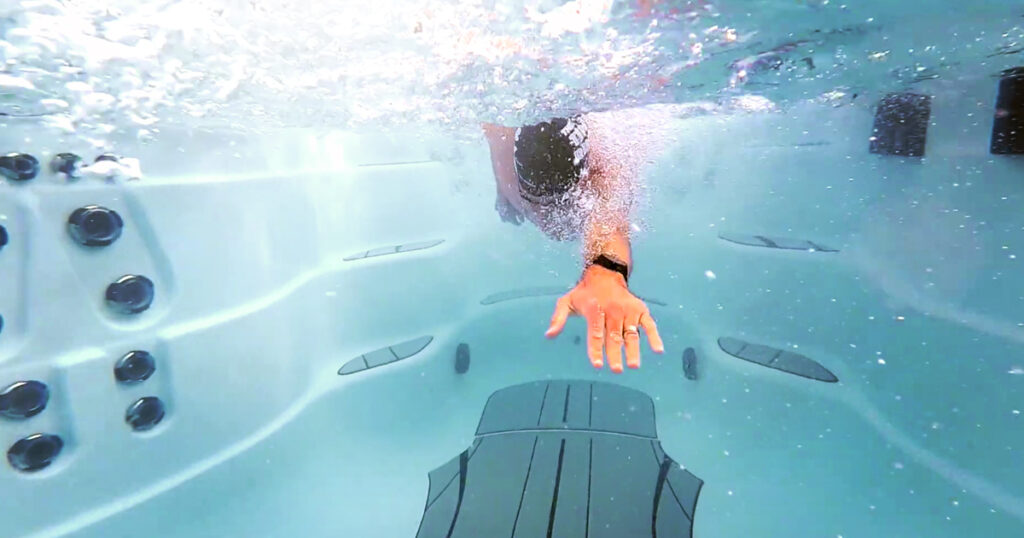
Freestyle swimming drills for triathletes
Triathlons require athletes to swim, bike, and run. But for many, swimming can be the most challenging discipline. It requires a great deal of technique and movements that might feel unnatural.
Among the most difficult elements? Breathing with good body position. Many triathletes, especially those who do not have a swim background, often bob up out of the water and cause the feet to sink.
Triathletes, though, can improve their body position and breathing pattern by incorporating a snorkel into their swim workouts. Not only does it help them get “in tune” with their body, the snorkel can be used for various freestyle swimming drills.
Sculling drill. Sculling is a drill that works on hand control and get a better feel for the water. Wearing a snorkel for this drill will help you focus on the sculling motion without the “pressure” to breathe. With a high elbow position, you will use your hands and forearms to move you through the water. Professional triathlete Tim O’Donnell suggests that you have strong wrists and a light kick. Perform a sweeping motion with your forearms — almost like windshield wipers.
Streamline kicking. Do you want to improve your kick and body position? This streamline kicking drill can help your freestyle swimming. Wearing a snorkel and fins, you are going to practice single arm kicking. As one arm is outstretched, the opposite leg will kick. Bring the front arm to your hips and repeat on the other side. So, if the right arm is outstretched, you kick with the left leg. This drill helps you work on both phases of the kick while stabilizing the hips.
Single-arm swimming. Wearing your snorkel, you are going to practice swimming with one arm. Swim two strokes with your right arm, and then two strokes with your left arm. The arm that is not working should be at your side. Be sure to keep your abs engaged so you can maintain a good body position. This freestyle swimming drill helps triathletes see which side they favor.
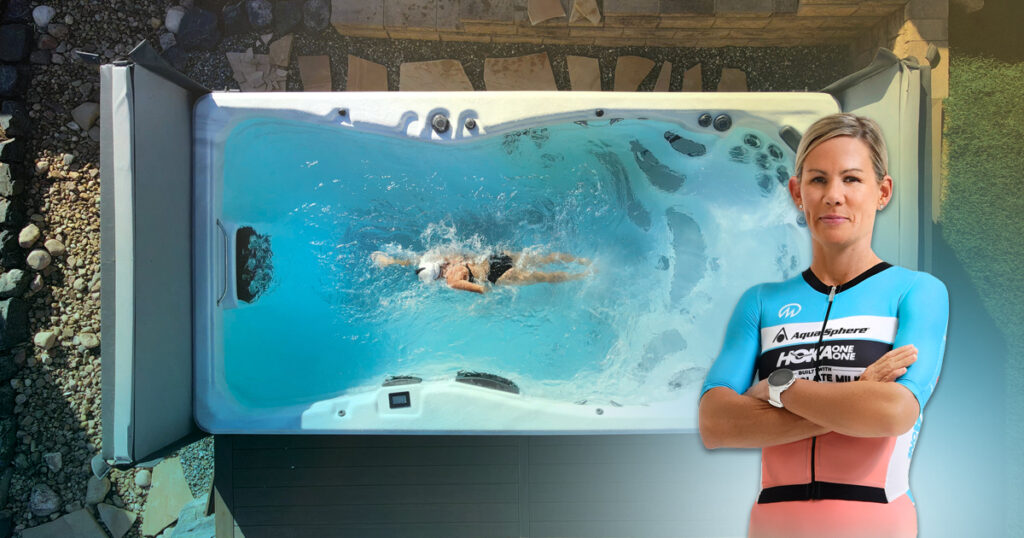
Using a snorkel in a swim-in-place pool
There’s nothing like showing up at the pool, ready to start your workout, only to find that the lanes are full. Or, hopping in lane with someone whose abilities do not line up with you.
Crowded swimming lanes can zap your motivation for the workout. You find yourself either wanting to skip the swim entirely or amend your workout to just get something done. Afterall, it can be challenging to work on your freestyle swimming drills when your lane partner is bumping into you.
For three-time IRONMAN World Champion Mirinda Carfrae, the solution is training in a swim-in-place pool. The Master Spas swim spa allows her to swim in the convenience and privacy of her backyard, without ever having to share a lane.
One of her favorite ways to swim in the spa is to use a center swim snorkel. She will turn the water current on to an easy to moderate pace and just swim. With the addition of pool mirrors, she can focus on her hand and elbow position, as well as other elements of the stroke. The feedback from the pool mirrors allows her to make changes instantly and make the important mind-muscle connection.
For those who find it difficult to swim in a pool with a snorkel, whether it’s the push-off or trying to do a flip turn, the swim spa can make it easier. The stationary swimming experience means that you never have to stop at the wall or make a turn.
Bonus: You can use the snorkel as you wish without getting strange looks from people who are unfamiliar with the tool.
How to buy a swim-in-place pool
Are you ready to enjoy the benefits of swimming, recreation, and relaxation year-round? Having a Master Spas swim spa at home allows you to train at your pace so you can swim your best. You can click here to get more backyard ideas and picture what a Master Spas swim spa would look like in your space. Or, contact your local Master Spas retailer to learn more about swim spa ownership. Wondering how much a swim spa costs? You can request a quote here.

